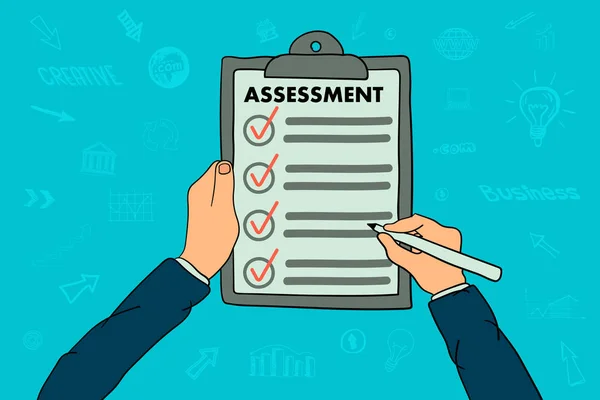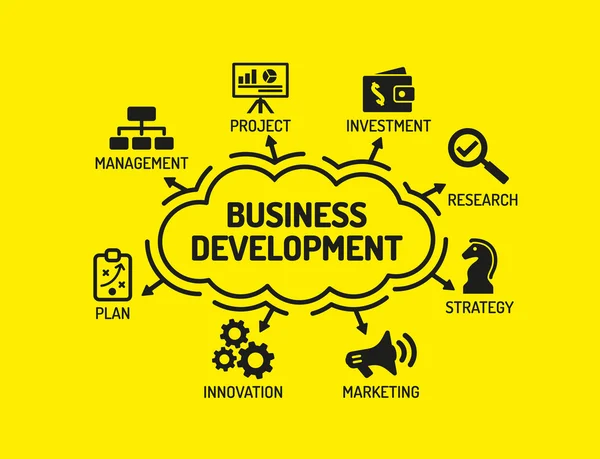A capacity needs assessment (CNA) is a systematic process of identifying the skills, knowledge, and resources required for an individual, team, or organization to achieve its objectives. This guide will walk you through the steps to conduct a capacity needs assessment, along with tools and techniques to support the process.
- Benefits of conducting a capacity needs assessment
- Step 1: Define the Purpose and Scope
- Step 2: Gather Background Information
- Step 3: Identify Capacity Gaps
- Step 4: Analyze Data
- Step 5: Develop a Capacity Building Plan
- Step 6: Implement the Capacity Building Plan
- Step 7: Evaluate the Impact
- FAQs about conducting Capacity Needs Assessment
Benefits of conducting a capacity needs assessment
Conducting a CNA can lead to more effective and sustainable capacity development interventions, improved performance, and better outcomes for organizations or individuals. It can also promote evidence-based decision making, participation and ownership, and alignment with global goals. Below os Capacity Needs Assessment (CNA) offers several benefits, including:
- Identifying capacity gaps: A CNA helps identify the gap between the required and existing capacities of an organization or individual, allowing for targeted capacity development interventions.
- Informing capacity development plans: The findings of a CNA can inform the development of a capacity development plan (CDP) that addresses the identified gaps and needs. This can lead to more effective and sustainable capacity development interventions.
- Improving performance: By addressing capacity gaps and needs, organizations or individuals can improve their performance and achieve their objectives more effectively.
- Enhancing sustainability: A CNA can help identify the capacity needs required for sustained assessment systems, leading to more sustainable interventions.
- Promoting evidence-based decision making: A CNA can provide accurate statistical data and improve statistical products for evidence-based decision making, leading to better outcomes for the organization or individual.
- Encouraging participation and ownership: A CNA can engage the community and stakeholders in the assessment process, promoting ownership and participation in the capacity development interventions.
- Aligning with global goals: A CNA can help align capacity development interventions with global goals, such as the Sustainable Development Goals (SDGs), ensuring that interventions are relevant and aligned with global priorities.
Step 1: Define the Purpose and Scope
Begin by clearly defining the purpose and scope of the capacity needs assessment. Identify the specific objectives, target population, and the areas of focus. This will help ensure that the assessment is relevant and useful for the intended audience.
This involves clarifying the geographic boundaries, target population, main objectives, and expected outcomes of the CNA. It is important to consider the available resources, such as time, budget, staff, and partners, and how they will affect the scope and feasibility of the CNA. Defining the scope and purpose will help you focus your efforts and communicate your goals to the community and other stakeholders.
Step 2: Gather Background Information
Collect relevant background information about the target population, including demographics, organizational structure, and current capacity. This information can be gathered through document reviews, interviews, or surveys.
The key is to ensure that the methods are culturally appropriate, accessible, and respectful of the community’s values and preferences. Engaging the community and stakeholders will help you gain their trust, input, and support for the CNA.
Step 3: Identify Capacity Gaps
Using the background information, identify the capacity gaps that exist between the current state and the desired state. This can be done through a variety of techniques, such as:
- Surveys: Develop and distribute surveys to gather data on the current level of skills and knowledge within the target population.
- Focus Groups: Conduct focus groups to gain a deeper understanding of the capacity gaps and potential solutions.
- Interviews: Conduct interviews with key stakeholders to gather their perspectives on the capacity gaps and potential solutions.
- Observations: Observe the target population in action to identify areas where capacity is lacking.
- Document Reviews: Review relevant documents, such as job descriptions, training records, and performance evaluations, to identify capacity gaps.
You can use both quantitative and qualitative data sources, such as census, statistics, reports, documents, observations, or stories. However, you may face challenges in accessing or obtaining reliable and relevant data in a rural or remote area. You may need to use alternative or creative methods, such as participatory mapping, community asset mapping, or photo-voice. You may also need to triangulate or validate your data with multiple sources or methods. Collecting and analyzing data will help you identify and understand the needs, strengths, gaps, and opportunities in the community.
Step 4: Analyze Data
Analyze the data collected in Step 3 to identify patterns and trends. This can be done through statistical analysis, thematic analysis, or other methods. The goal is to identify the specific capacity gaps that exist and the root causes of those gaps.
Step 5: Develop a Capacity Building Plan
Based on the analysis in Step 4, develop a capacity building plan that addresses the identified capacity gaps. The plan should include specific actions, timelines, and resources required to build the necessary capacity.
This involves synthesizing and interpreting the data to highlight the most important or urgent issues and resources in the community. You should also involve the community and stakeholders in the prioritization process, to ensure that their perspectives and preferences are reflected and respected. You should then prepare and present a report that summarizes your findings, recommendations, and action plans. The report should be clear, concise, and accessible to the intended audience.
Step 6: Implement the Capacity Building Plan
Implement the capacity building plan, monitoring progress and making adjustments as necessary. This may involve providing training, coaching, or other capacity building interventions.
Step 7: Evaluate the Impact
Evaluate the impact of the capacity building plan to determine whether the desired outcomes have been achieved. This can be done through surveys, focus groups, or other evaluation methods.
Best Tools and Techniques for Conducting a CNA
There are a variety of tools and techniques that can be used to support the capacity needs assessment process. Here are a few examples:
- SWOT Analysis: A SWOT analysis can be used to identify the strengths, weaknesses, opportunities, and threats related to the capacity gaps.
- Gantt Charts: Gantt charts can be used to plan and track the implementation of the capacity building plan.
- Logic Models: Logic models can be used to visually represent the relationships between the capacity gaps, interventions, and outcomes.
- Force Field Analysis: A force field analysis can be used to identify the forces that are driving or restraining the capacity building efforts.
- SMART Goals: SMART goals can be used to ensure that the capacity building plan is specific, measurable, achievable, relevant, and time-bound.
Conclusion
Conducting a capacity needs assessment is a critical step in ensuring that individuals, teams, or organizations have the skills and resources they need to achieve their objectives. By following the steps outlined in this guide and using the tools and techniques described, you can conduct a comprehensive capacity needs assessment that will help you build the necessary capacity to achieve your goals.
FAQs about conducting Capacity Needs Assessment
Read More
- Needs Assessment Guide by Creately
- How to Conduct Needs Assessment: Part 1 – What is it and Why Do it? by North Carolina State University
- Disaster Response Template Toolkit – Needs Assessment by Substance Abuse and Mental Health Services Administration (SAMHSA)
- Systematic Needs Assessment by Management.org
- 12 Needs Assessment Tools & Techniques by Cognota




